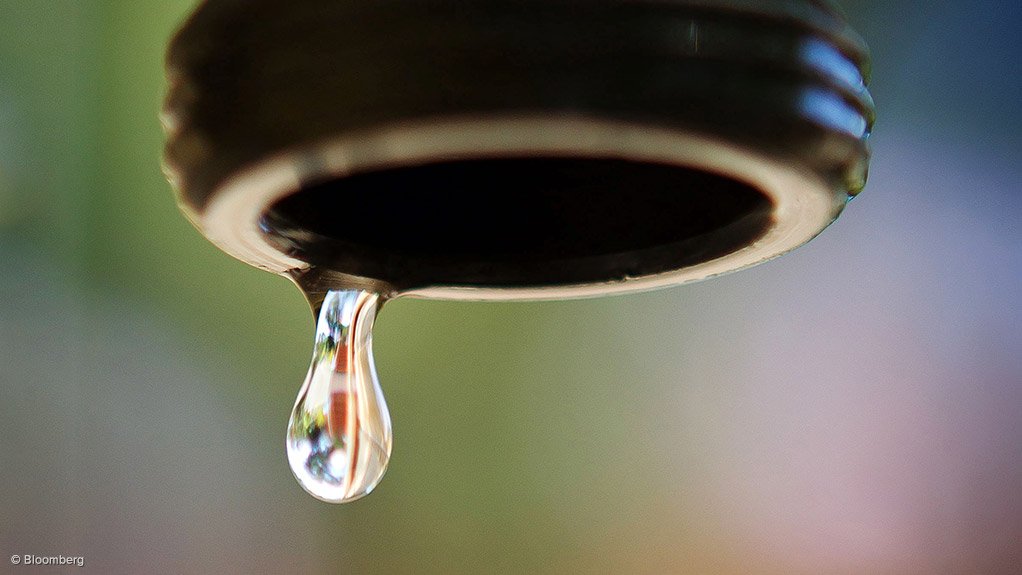/ MEDIA STATEMENT / The content on this page is not written by Polity.org.za, but is supplied by third parties. This content does not constitute news reporting by Polity.org.za.
The Free State has stored the highest amount of water in its reservoirs in the country as was recorded at 14 015,7 cubic metres, a weekly report by the Department of Water and Sanitation (DWS) stated. The province’s full capacity is 15 945,6 cubic metres.
The province has arguably the biggest sized dams in the country, including the Gariep Dam, which currently has 5 096, 70 cubic metres of water in storage. Sterkfontein Dam, the reserve bank of water for the Integrated Vaal River System (IVRS), is another reservoir in the province that boasts 2 435,53 cubic metres of water in the current week’s readings. The province is among those that received consistent rainfalls during the recent summer.
Other dams in the province that have increased their dam levels are Egmont which is at 102,5%; Bloemhof at 101,2%; Saulspoort at 102,2% and Erfenis at 99%. The lowest dam in the province is Krugerdrift which has recorded 34,7% this week.
KwaZulu-Natal has the stored the second highest amount of water in the country at 3 093,3 cubic metres. The province has no fewer than 30 big and small dams that flow to the Indian Ocean. Spioenkop in Bergville and Driel barrage, both of whom are fed by uThukela River, are bursting at the seams at 100% each. Currently, the province’s dam levels is estimated at 64,4%.
Western Cape, which has a winter rainy season, is increasing its dam levels week-on-week by about 1%, following some torrential rains that fell over large parts of the province since last week. The department’s report estimated the average provincial dam levels at 35,0% since the beginning of the rains in March this year. The figure represents a 10% increase compared to the same period last year. From the recent torrential rains, it seems the province will not experience a drought similar to the one that left a trail of damage to crops and livestock especially in 2017.
Despite the heavy rains, DWS has repeated its call to residents to continue to save water as the province is not out of the woods yet.
The Eastern Cape continues to be a dichotomy of a wet and dry province as the coastal belt receives regular rains while parts of the interior are on the brink of a drought. In Makhanda there is no sign of a natural respite as locals continue to receive water for basic use mainly from boreholes and water tankers. However, a tripartite partnership between DWS, Provincial Government and the municipality is pulling all the plugs to ensure access to drinking water. The province’s average dam level is estimated at 60,1%, a drop by 4% compared to the same period in 2018, and slightly down from 60,5% week on week.
The Lowveld in Mpumalanga has plunged to worrying levels with the Crocodile River flowing at its lowest in years. There are fears of marine life in the Kruger National Park being affected by the low-flowing Crocodile. The pollution of the river upstream is a source of great concern for wild life. The province boasts the third largest amount of water storage at 1 838,00 cubic metres in its reservoirs. The DWS report estimated the province’s dam levels at 84% this week.
Despite the scarcity of rain, four reservoirs in Limpopo are bursting at the seams. They are Tonteldoos at 100,3%, Klaserie at 100,2%, Hans Merensky in Phalaborwa at 1012%, and Magoebaskloof between Polokwane and Tzaneen was recorded at 100,2%. The province has stored 955,3 cubic metres of water while its average dam level is 62,0% .
Currently, Gauteng has stored 122,1 cubic metres of water and its dam levels have remained at 95,3% since last week. This is against the backdrop of the province having the fewest and probably the smallest number of dams in the country. The province is the biggest beneficiary of the Integrated Vaal River System (IVRS).
North West also has the fewest rivers which render its current water storage at 569,3 cubic metres. The estimated dam levels of 65,5% are likely to prompt municipalities across the province to impose stringent water restrictions to save drinking water from complete dissipation in the middle of winter.
Issued by the Department of Water & Sanitation
EMAIL THIS ARTICLE SAVE THIS ARTICLE ARTICLE ENQUIRY
To subscribe email subscriptions@creamermedia.co.za or click here
To advertise email advertising@creamermedia.co.za or click here











